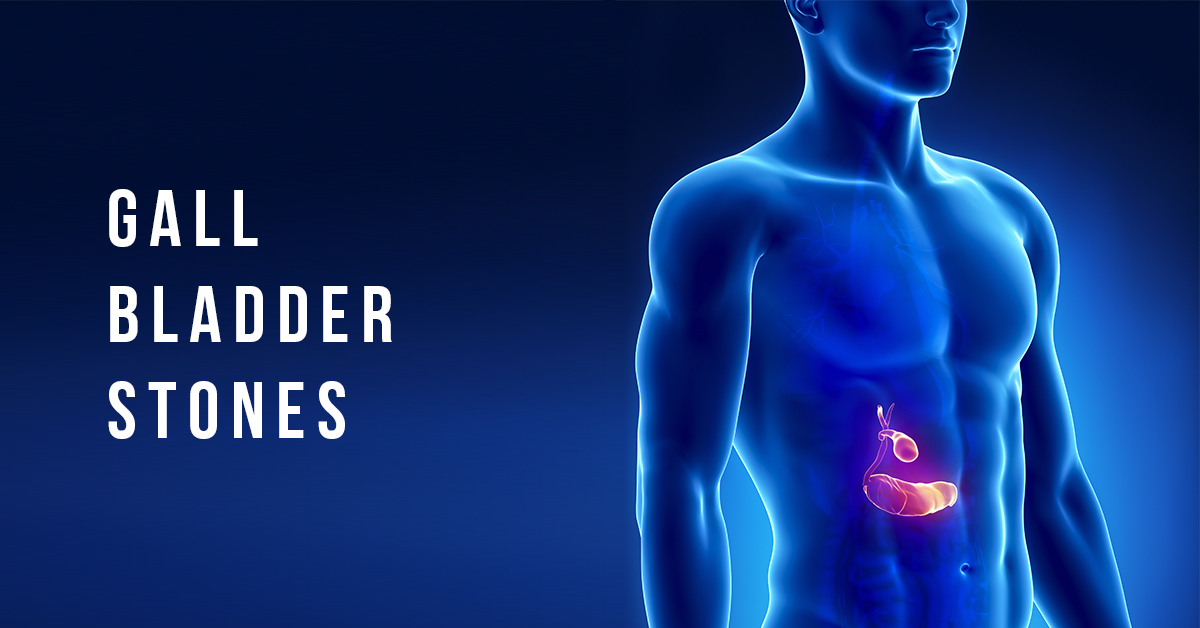Contributed by – Healthians Team
What are Gallstones?
The Gallbladder is a small organ located under the liver. Gallstones form in the gallbladder. These are not real stones but are pieces of solid material that form in the gallbladder.
They are two main kinds of Gallbladder stones.
- Cholesterol Stones: These are the most common ones and account for 80% of the gallstones.
Colour: These are usually green –yellow in colour.
- Pigment Stones: They are made up of bilirubin which is made of bile, a fluid produced by the liver and stored in the gallbladder.
Colour: These stones are dark in colour.
Size: Small in size.
Understanding 5 F’s of Gallbladder Stones
The 5 F’s of gallbladder stones are the best way to understand your risk factor of getting gallstones. The 5 F’s are:
- Female: Gallbladder stones are more common in females as compared to men because of the high levels of oestrogens.
- Fat: Being overweight or obese or losing fat too quickly can lead to gallbladder stones. The reason behind this is over-weight people have more cholesterol in their bile, which leads to the formation of gallstones.
- Fertile: Pregnant females have higher levels of hormones or oestrogens, which increase the risk of gallstones.
- Flatulence: People who regularly pass flatulence are at a higher risk.
- Forty: Forty’s are menopausal time for a woman which brings in spikes of estragon levels, leading to increased chances of gallstones. For men, a drop in physical activity and improper diet adds to their risk factor.
Common Causes of Gallstones
The other common causes of gallstones are:
- A diet that is rich in fat or cholesterol
- Rapid weight loss within a short period of time
- Low fibre diet
- Suffering from Diabetes mellitus
- Family history of Gallstones
- Suffering from Liver cirrhosis
- Having medications for lowering cholesterol
- Having medications that have a high estragon content
Symptoms of Gallstones
Gallstones are called “silent stones” because they mostly show no symptoms. Many people who have gallstones are completely unaware because of this. Only when the stones block a bile duct, causing an intense pain, do people come to know of gallstones. On the other hand, few people do experience gallstone symptoms. The most common symptom which patients experience is a pain in the right upper quadrant of the abdomen. The pain can radiate to the back or right shoulder or shoulder blade. The other common symptoms are:
- Fever
- Nausea
- Vomiting
- Digestive problems like bloating, indigestion and heartburn and gas
- Clay coloured stools
- Yellowish tint on the skin or eyes, indicating jaundice
Gallbladder Attack
This occurs when there is an intense gallstone pain. This extreme pain can last more than one to two hours. This pain occurs not because of the presence of stones but is caused when the gallstones block the movement of bile from the gallbladder and this usually does not happen overnight. Gallstones move slowly.
Diagnosis of Gallstones
The first approach for management of gall stones is “wait and watch”. The gallstones diagnosis starts with a physical examination, which includes checking the eyes and skin for any visible changes. After this following tests are performed:
- Blood Test: This is performed to check for any signs of infection or obstruction, and to rule out other conditions. A blood test is also done to measure the amount of bilirubin in the blood. Healthians can help you in getting a blood test done at the comfort of your home.
- Ultrasound: USG helps in getting the images of the stomach, hence providing a confirm diagnosis.
- Abdominal scan: This is an imaging test which takes pictures of the liver and abdominal region.
- Gallbladder Radionuclide Scan: This is scan takes about one hour to complete. This is performed by injecting a radioactive substance into the veins. This substance travels through the blood to the liver and gallbladder, highlighting any infection or blockages in these organs.
Treatment of Gallstones
Once a confirm diagnosis is made, we move towards the treatment part. Most of the patients go for a surgery, which is two different types:
- Laparoscopic cholecystectomy: This is the most common procedure which is performed. In this procedure, the surgeon passes instruments, a light, and a camera through several small incisions made in the belly. With the camera attached, the doctor can view the inside of the stomach.
- Open cholecystectomy: In this procedure, the surgeon makes a big cut in the belly to remove the gallbladder. The patient needs to stay in the hospital for a few days after the operation.
Prevention of Gallstones
Following steps can be followed to prevent gallstones:
- Diet: A healthy diet, which includes increased intake of fibre, fresh fruits and vegetables, is the best approach for the prevention of stones.
- Avoid crash diets or low intake of calorie
- Lose weight
- Regular exercise
The first step in the prevention of gallstones is a change in the diet plan and losing weight, slowly but surely.




